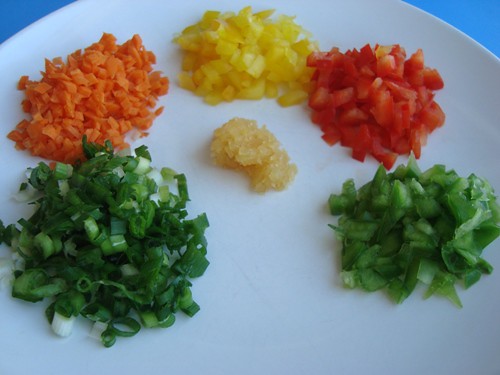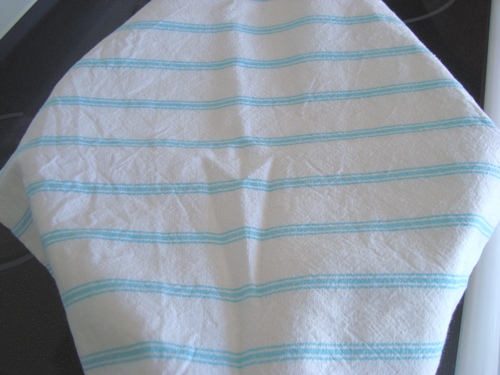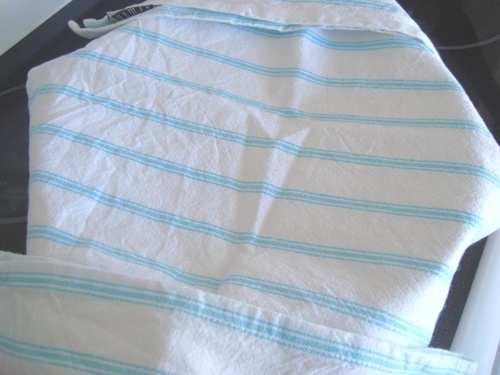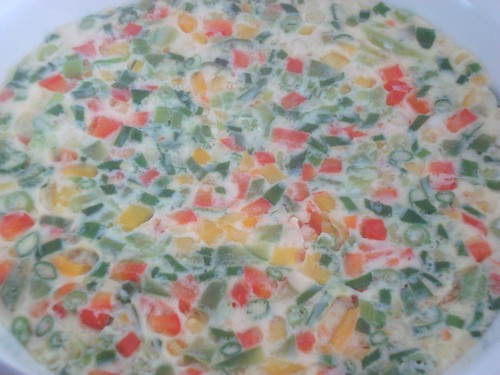You are here
How to Make Korean-Style Steamed Eggs
My mom recently told me that this is the only Korean recipe that my older sister has ever asked her for. Quite understandable, as you won't find a lighter or fluffier egg dish anywhere.
Korean steamed eggs are similar to quiche, but without a crust, and did I mention that these eggs are amazingly light and fluffy?
Not only does this steamed egg recipe go well with just about anything, it's healthier than most egg recipes that call for frying or baking. Whenever possible, you want to steam and boil foods that require cooking, as low temperature cooking minimizes the production of harmful compounds like heterocyclic amines.
Start by cracking four eggs into a bowl that's safe to immerse in a pot of boiling water. Stainless steel or corningware are good choices. You don't want to use glass or plastic bowls for this recipe.

Next, give the eggs a gentle whisk until the yolks and whites are blended together. No need to make a mountain of bubbles here. Be gentle please. And season with sea salt and pepper.

Chop up any fresh vegetables that your taste buds are calling out for.
Here we have red, yellow, and green bell peppers, carrots, green onions, and a bit of minced garlic.

Add the vegetables and give everything another gentle stir. You want to make sure that any sea salt and pepper that you've added is evenly incorporated throughout the egg so that each mouthful is just right.

Add a few cups of water to a pot that's big enough to house the dish that you chose for your eggs and vegetables.

Carefully place your bowl of eggs and vegetables in the water. The water should come up to about the halfway point along the sides of the bowl.
Don't forget: You can't use a glass or plastic dish here, or else you'll be thinking bad thoughts about me in about twenty minutes.

Now the secret that money can't buy: Cover the pot with a dish cloth. Fold it in half if it's too long.

If the edges of your dish cloth are hanging dangerously close to the burner, fold them up onto the handles of your pot like this:

Bring the water to a boil, then turn the setting down to medium to allow for a steady boil.
That's it. Time to leave everything alone for 25 to 30 minutes. The dish cloth will allow enough steam to escape to prevent your eggs from boiling up into a small mountain, but will retain enough steam to allow your eggs to cook through.
If you don't cover with a dish cloth, there won't be enough heat around the eggs to cook them through.
When your eggs are ready, you should be able to poke a chopstick right through to the bottom and come out with a clean chopstick.
Here's what your eggs should look like when they're done cooking:

And a closeup:

Koreans typically enjoy steamed egg along with steamed rice, kim chi, and a bowl of soup.
Once you master this steamed egg dish, have fun and try a variety of vegetables and fresh herbs. Peas and basil are excellent choices. And to add another layer of texture, try serving these eggs with some creamy avocado slices on the side.






